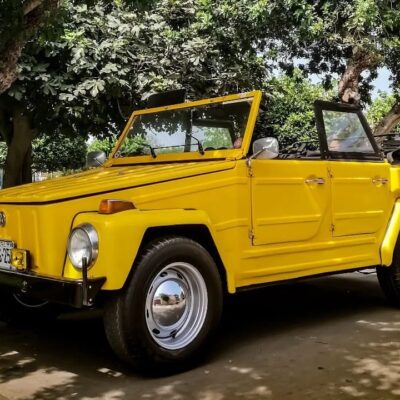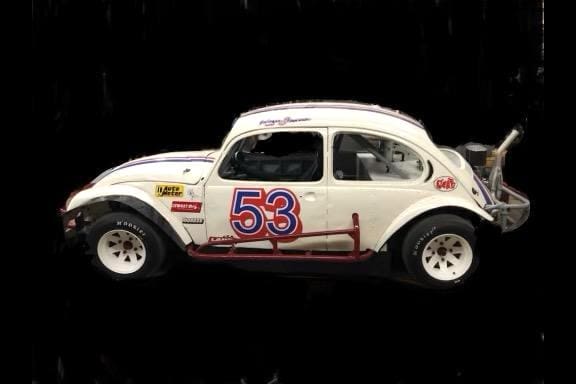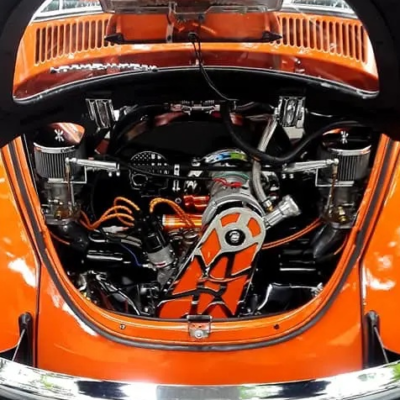The Volkswagen Bus, a beloved symbol of freedom and adventure, has a rich history that spans several decades. Introduced in the 1950s, this iconic vehicle quickly became synonymous with the counterculture movement and a symbol of the hippie era.
The history of the Volkswagen Bus, officially known as the Type 2, traces back to post-World War II Germany. After the success of the Volkswagen Beetle, the company sought to create a vehicle that could serve as a versatile transporter. The result was the Volkswagen Bus, a compact van that captured the hearts of millions around the world.
One of the notable features of the Volkswagen Bus is its air-cooled engine. Initially, the Bus was equipped with a modest 1.1-liter engine, later upgraded to larger engines ranging from 1.2 to 2.0 liters, depending on the model and year. The air-cooled engine was known for its durability and simplicity, making it easier to maintain and repair.
In terms of design, the Volkswagen Bus sported a unique and recognizable look. It had a boxy shape with a flat front windshield and a rounded roofline. The spacious interior allowed for various seating configurations, making it suitable for both passenger transport and cargo carrying. The rear engine placement provided a distinct driving experience and enhanced weight distribution.
The Volkswagen Bus gained immense popularity, especially during the 1960s and 1970s. It became a symbol of freedom, adventure, and communal living. Many people customized their Buses with vibrant paint jobs, psychedelic artwork, and makeshift living spaces, reflecting the spirit of the time.
Today, the Volkswagen Bus continues to have a dedicated following, with enthusiasts and collectors cherishing these vintage vehicles. The timeless design, nostalgic charm, and sense of adventure associated with the Bus have made it an iconic symbol in popular culture.
The Volkswagen Bus, with its rich history, reliable air-cooled engine, and distinctive design, will forever hold a special place in the hearts of people around the world. Whether used for road trips, camping adventures, or as a cultural icon, the Volkswagen Bus represents a bygone era of exploration and freedom on the open road.
For over 50 years, SCAT has developed, engineered, and manufactured the most comprehensive product line in the automotive aftermarket. SCAT has grown from a distributor of specialty Volkswagen parts into the premier manufacturer and distributor of high-performance aftermarket engine components for a wide range of American and foreign engines. SCAT, one of the original founders of the VW aftermarket, is extremely proud of its 42,000-square-foot manufacturing and warehousing facility in Redondo Beach, California, U.S.A., where it houses over 20 CNC machines, 12 crankshaft grinding machines, 8 polishers, 12 rod honing machines and complete in-house manufacturing, engineering, and programming capability. It is with this capability and the capability of overseas manufacturing operations that SCAT is able to deliver the highest-quality and most-reliable performance parts in the industry. SCAT has many new product offerings and continues to offer the most comprehensive line of aftermarket parts for VW.
SCAT is dedicated to continuing our quest for excellence to keep Volkswagens running and performing at the highest level. As always, SCAT wants to thank you for your business and look forward to continuing to service your VW aftermarket performance needs.




